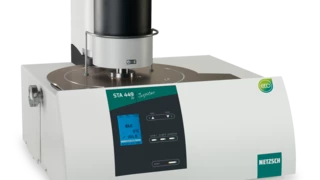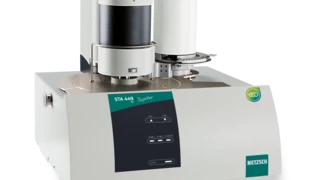
04.06.2024 by Aileen Sammler
Green Hydrogen Infrastructure: Recycling End-of-Life Fuel and Electrolysis Cells
The race against time to achieve climate neutrality has driven several countries to adopt renewable energy alternatives, including the large-scale use of decarbonized "green" hydrogen. The global hydrogen market is expected to grow rapidly in the coming decades to meet the climate goals of the Paris Agreement.
In Germany alone, deployment efforts are already underway to generate 90-110 TWh of energy from green hydrogen by 2030. In particular, the H2Giga project was launched in 2021 with the goal of reaching GW-scale electrolysis capacity. This planned expansion will generate new waste streams in the form of end-of-life (EoL) fuel and electrolysis cells. Proactive approaches to discuss and manage these resources are therefore needed to support decarbonization efforts. In line with this, the ReNaRe sub-project has been launched as part of the H2Giga technology platform to develop recycling and reuse solutions tailored to future electrolysis technologies.
(Source: https://www.mdpi.com/2075-4701/14/4/406)
We are therefore pleased that our joint study with the Forschungszentrum Jülich entitled "Unlocking the Value of End-of-Life JÜLICH Solid Oxide Cell Stack Interconnect Assembly: A Combined Experimental and Thermodynamic Study on Metallic Resource Recyclability" was recently published in the open access journal "Metals".
The present study provides fundamental information on the resource recyclability of the interconnect assembly, i.e. a steel interconnector and the nickel mesh, from an end-of-life JÜLICH Solid Oxide Cell Stack. Calculated mixed compositions with the nickel mesh showed its potential as a raw material in the production of 4xx, 2xx or 3xx stainless steels.
Experiments were carried out using, amongst others, our NETZSCH STA 449 C with rhodium furnace and Al2O3 protective tube to determine Phase TransitionsThe term phase transition (or phase change) is most commonly used to describe transitions between the solid, liquid and gaseous states.phase transition temperatures as well as the NETZSCH STA 449 F3 Jupiter® equipped with graphite furnace and Al2O3 protective tube.
Learn more about STA Product Series
The Simultaneous Thermal Analyzer (STA) stands out as one of the most adaptable analytical instruments in the NETZSCH portfolio. It offers users the flexibility to select from a variety of furnaces, sensors, sample holders, thermocouples, crucibles, and other accessories. This analyzer not only records weight changes concurrently but also determines melting points, phase transformations in solid states, enthalpies, and specific heat, all within a single sample under consistent measurement conditions. Additionally, specialized furnaces allow for measurements in humid atmospheres, corrosive environments, and even at the highest temperature ranges.



